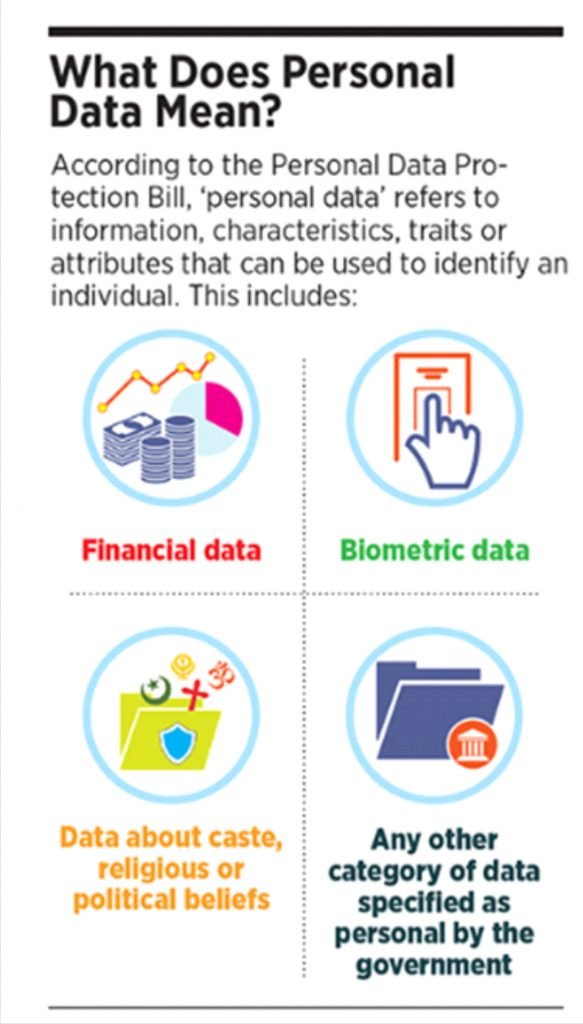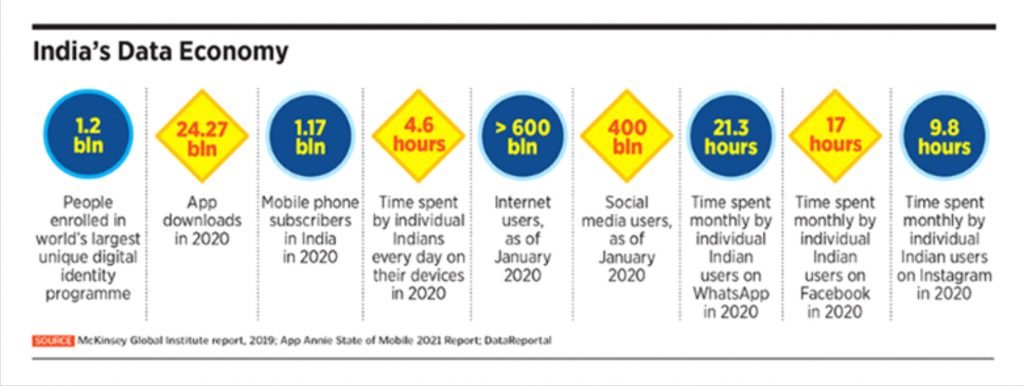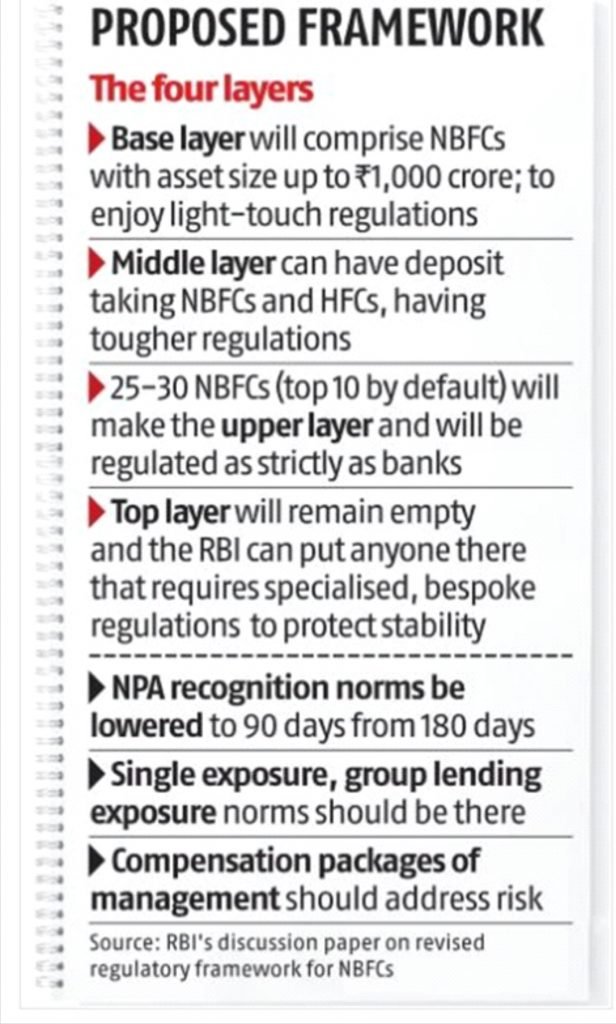ISSUE OF BILLS
IN NEWS:
- In the ongoing tussle between protesting farmers and the Centre, the government has repeated its offer of keeping the three contentious farm laws on hold for one to one-and-a-half years, while the farmers have rejected the offer and insisted that the laws be repealed.
- Over the years, Parliament has repealed several laws — and there have also been precedents of the government not bringing a law into force for several years after it has been passed like National Environment Tribunal Act and the Delhi Rent Control Act.
Bringing/removing a law:
- Parliament has the power to make a law and to remove it from the statute books (a law can be struck down by the judiciary if it is unconstitutional).
- The government not only has the power to make rules but can also suppress rules made by it earlier.
- But the passing of a Bill does not mean that it will start working from the next day. There are three more steps for it to become a functioning law.
-
- President giving his or her assent to the Bill: Article 111 of the Constitution specifies that the President can either sign off on the Bill or withhold his consent. The President rarely withholds their assent to a Bill. The last time it happened was in 2006 when President A P J Abdul Kalam refused to sign a Bill protecting MPs from disqualification for holding an office of profit. A Bill is sent to Parliament for reconsideration if the President withholds his or her assent on it. And if Parliament sends it back to the President, he or he has no choice but to approve it.
- Law comes into effect from a particular date:The Bill states that the law “shall come into force on such date as the Central Government may, by notification in the Official Gazette, appoint and different dates may be appointed for different provisions of this Act”.
- Government frames the rules and regulations to make the law operational on the ground: If the government does not make rules and regulations, a law or parts of it will not get implemented like Benami Transactions Act of 1988.
Jerenga Pothar
In News:
- Prime Minister will launch an Assam government initiative to distribute over one lakh land pattas (documents) to indigenous communities of the state at the historic Jerenga Pothar in Upper Assam’s Sivasagar district.

ABOUT:
- Formerly known as Rangpur, Sivasagar was the seat of the powerful Ahom dynasty, who ruled Assam for six centuries (1228-1826). It is part of Upper Assam.
- Jerenga Pothar, an open field in Sivasagar town, is popularly connected to the valour of 17th century Ahom princess Joymoti.
- From 1671 to 1681, the Ahom kingdom was undergoing a period of tumult under ‘ministerial superiority’, meaning the nobles and prime ministers were more important than the king, who were often puppets.
- It was at this time that Sulikhpaa— also known as ‘Lora Raja’ or the boy prince — and his prime minister Laluksala Borphukan were tracking down, and killing, possible heirs, to ensure a clear passage to the throne.
- Prince Godapani, Joymoti’s husband, was next in line, but he escaped to the Naga Hills before Lora Raja and his men could capture him. It was then that Lora Raja sought out Godapani’s wife Joymoti, hoping she would tell him about his whereabouts.
- However, despite being tortured for days, tied to a thorny plant, in an open field, She died, sacrificing her life for her husband, who ultimately became the king.
Significance of Jerenga Pothar:
- It is not a protected archaeological site, its vicinity includes a number of protected sites, including the Na Pukhuri tank to its east and the Pohu Garh, a natural zoo built during the Ahom era, to its west.
- Close by is the large Joysagar tank, built by Ahom king Swargadeo Rudra Singha in 1697, and the Vishnu Dol temple.
- Jerenga Pothar was initially called Jerenga Haabi or Jerenga forest.
- In 1707 when Rangpur (erstwhile Svasagar) was established as the capital of the Ahom kingdom, and many monuments came up in the vicinity (Rang Ghar, Talatal Ghar, Kareng Ghar), that the area was developed.
Rare UV-bright Stars
IN NEWS:
- Rare hot Ultra Violet (UV)-bright stars have been spotted by astronomers with the help of India’s first multi-wavelength space satellite AstroSat in the massive intriguing globular cluster in the Milky Way Galaxy called NGC 2808.
ABOUT:
- Scientists combined data of Ultraviolet Imaging Telescope (on board AstroSat) with observations made using other space missions like the Hubble Space Telescope and the Gaia telescope along with ground-based optical observations.
- Hot UV-bright stars have been differentiated from the relatively cooler red giant and main-sequence stars.
- One of the UV-bright stars was about 3000 times brighter than the Sun with a surface temperature of about 1,00,000 K.
- Most of the stars were found to have evolved from a solar stage called the horizontal branch stars with hardly any outer envelope.
- Thus, they were bound to skip the last major phase of life called the asymptotic giant phase (it is one of the last major phases in the life of stars) and directly become dead remnants or white dwarfs.
SIGNIFICANCE:
- Help in determining properties of these stars such as their surface temperatures, luminosities and radii.

Data theft case
IN NEWS:
- The Central Bureau of Investigation has booked Cambridge Analytica (U.K.) Limited and Global Science Research Limited (U.K.) for alleged illegal harvesting of personal data of about 5.62 lakh Indian users on Facebook through an application, “this is your digital life”.
- As per Facebook’s platform policy, the app was authorised to collect certain specific data of users for academic and research purposes. It, however, illegally collected unauthorised data of users as well as their friends’ network on Facebook, as alleged in the FIR.
- The data was collected without the knowledge and consent of users.

ABOUT:
- CBI in July 2018 made a preliminary enquiry on a complaint from the Ministry of Electronics and Information Technology (MeitY) following media reports alleging the illegal harvesting of personal data.
- MeitY had earlier sought details from Facebook and Cambridge Analytica about the alleged violations, the extent of leak of personal data of Indian users and their possible misuse by Cambridge Analytica for profiling and influencing elections in India.

Research, tourism in the Arctic
IN NEWS:
- India has unveiled a new draft ‘Arctic’ policy that, commits to expanding scientific research, “sustainable tourism” and mineral oil and gas exploration in the Arctic region.
- The draft policy is open to public comments until 26 January 2021 and has been prepared after deliberations among several Ministries.
ABOUT:
- India expects the Goa-based National Centre for Polar and Ocean Research to lead scientific research and act as a nodal body to coordinate among various scientific bodies to promote domestic scientific research capacities by expanding “earth sciences, biological sciences, geosciences, climate change and space related programmes, dove-tailed with Arctic imperatives in Indian universities.”
- Other objectives of the policy include “putting in place Arctic related programmes for mineral/oil and gas exploration in petroleum research institutes and encouraging tourism and hospitality sectors in building specialised capacities and awareness to engage with Arctic enterprises”.
SIGNIFICANCE:
- India launched its first scientific expedition to the Arctic in 2007.
- Arctic research will help India’s scientific community to study melting rates of the third pole — the Himalayan glaciers, which are endowed with the largest freshwater reserves in the world outside the geographic poles.

Regulatory framework for NBFCs
IN NEWS:
- The Reserve Bank of India (RBI) has suggested a tougher regulatory framework for the non-banking finance companies’ (NBFC) sector to prevent recurrence of any systemic risk to the country’s financial system.
ABOUT:
- The banking regulator released a discussion paper on the revised regulatory framework which is formulated on a scale-based approach.
- It will be based on a four-layered structure — the base layer (NBFC-BL), middle layer (NBFC-ML), upper layer (NBFC-UL) and the top layer.
- If the framework is visualised as a pyramid, the bottom of the pyramid, where least regulatory intervention is warranted, can consist of NBFCs currently classified as non-systemically important NBFCs (NBFC-ND), NBFCP2P lending platforms, NBFCAA, NOFHC and Type I NBFCs.
- Moving up, the next layer may comprise NBFCs currently classified as systemically important NBFCs (NBFC-ND-SI), deposit-taking NBFCs (NBFC-D), HFCs, IFCs, IDFs, SPDs and CICs.
- The regulatory regime for this layer shall be stricter compared to the base layer. Adverse regulatory arbitrage vis-à-vis banks can be addressed for NBFCs falling in this layer in order to reduce systemic risk spill-overs, where required.
- The next layer may consist of NBFCs identified as ‘systemically significant’. This layer will be populated by NBFCs having a large potential of systemic spill-over of risks and the ability to impact financial stability.
- The extant regulatory framework for NBFC-NDs will now be applicable to base layer NBFCs, while the extant regulatory framework applicable for NBFC-NDSI will be applicable to middle layer NBFCs. NBFCs residing in the upper layer will constitute a new category.
- The revisions applicable to lower layers of NBFCs will automatically be applicable to NBFCs in the higher layers, unless there is a conflict or otherwise stated.
- The current threshold for systemic importance, which is ₹500 crore now, is proposed to be revised to ₹1,000 crore.
- As per the proposals, the extant NPA classification norm of 180 days will be reduced to 90 days. The regulatory framework for NBFCs needs to be reoriented to keep pace with changing realities in the financial sector.


